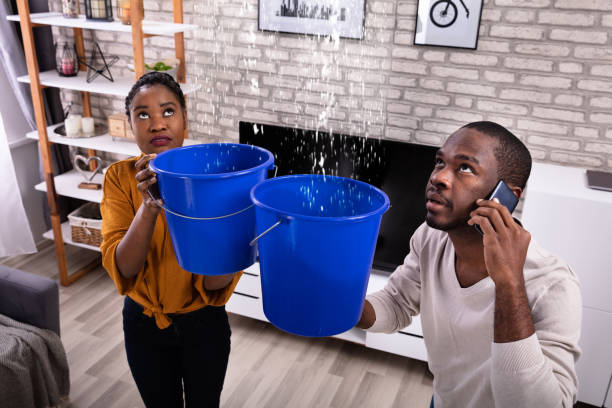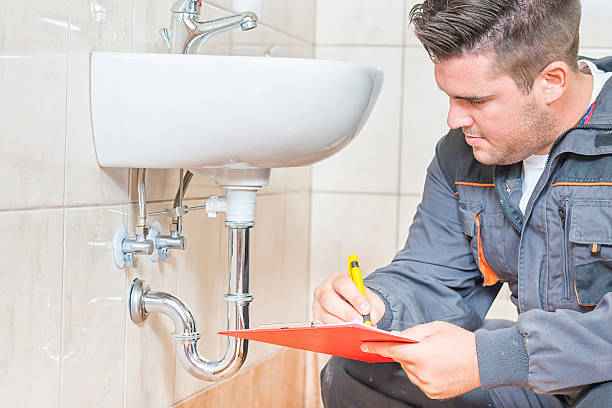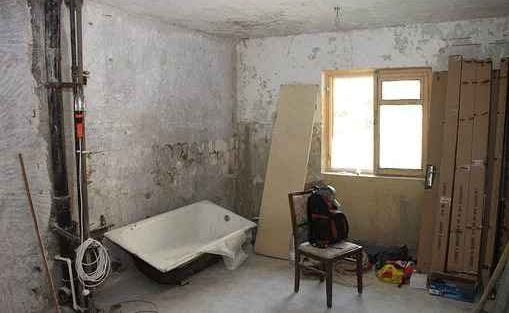Last updated on March 27th, 2024 at 11:57 pm
Water damage is a common cause of property damage and related losses, so every homeowner should be proactive in preventing it from happening. They should ensure all the water in their home is controlled so that it does not end up in the walls, floors, basement, and crawl spaces where it can have devastating effects. The good news is that taking simple steps and doing the necessary repairs can help you avoid water damage that can necessitate expensive and extensive repairs.
Table of Contents
Know Where the Shut-off Valve is
You might hear the shut-off valve called the stopcock, but it serves one primary function: it cuts off the water supply to a home. A severe leak can flood a home in minutes and cause extensive damage. Every homeowner should know what the valve is and ensure it is accessible at all times so they can reach it if they need to. They should also inform their family or anyone else residing on the property where it is so they can reach it in case of a leak or rupture.
Get a Plumber to Check for and Repair Leaks
Signs of leaks include rattling noises, lower pressure in the shower, loose or discolored tiling, cracks in the foundation, musty smells, discolored walls, mold, and mildew. You will also start noticing higher water bills that do not align with your water usage as the water is being lost somewhere.
You should call a plumber immediately if you notice any of these signs. The plumbers at Beehive Plumbing will conduct a pipe inspection using a camera to detect where the leak is happening. Once they detect it, they will use various techniques to fix it, depending on the severity of the issue. One of these is pipe lining which does not require the pipes to be excavated and is a lasting solution that will fix the water leaks in your home.
Inspect Your Roof
You should also go inside your attic or loft to check for signs of water leaks. Stains and damp spots are clear signs of a leak. On the outside, check for damage and missing roofing material. You should also check the flashing around the chimney if you have one to ensure that water does not get in.
If you cannot or do not know how to complete such an inspection, hiring a professional roofing company or contractor is best. They will then recommend repairs or a roof replacement, depending on the damage’s extent.
Check the Gutters and Downspouts Regularly
A gutter that works well should collect water from the roof and direct it into downspouts that ensure it flows away from the house. Leaves, weeds, and moss can block a gutter, causing water to run down the side of the house. If this happens long enough, water will seep into the walls, causing significant damage.
Apart from this type of flow, sagging is a sign your gutters are blocked and that you need to clean them.
Downspouts should not end perpendicular to the house as they can force water along the foundation. If the water has a high enough velocity, it can erode the soil around the house and leak into the foundation or basement.
Fix Caulking Around the Home
Leaks around the doors and windows can let water in and worsen if you do not attend to them. Take some time to walk around the house, checking the doors and windows for cracked or missing caulking. From the inside, you might notice mold or mildew, discolored windowsills, bubbled paint, or termites. You should then get caulking and fill in all gaps that you find. Do not ignore any of them, no matter how small they are.
Prevent Your Pipes from Freezing
Water expands as it turns from a liquid to a solid. Because of this, it can burst pipes if you let this happen. Leaks caused by burst pipes due to freezing are common in homes where people leave them empty for a long time, leaving water to sit in the pipes until it freezes in the winter. The best way to stop this is to ensure your home remains at a temperature of at least 50 degrees Fahrenheit (10 degrees Celsius).
Water leaks can cause extensive damage that requires expensive repairs. Avoiding them requires taking a few proactive measures and checking for signs of a leak regularly. If you notice one, call the relevant contractor to have the issue fixed before it becomes a problem.
Related Articles:
Revamp Your Backyard with These 6 Gorgeous and Practical Outdoor Kitchen Ideas







